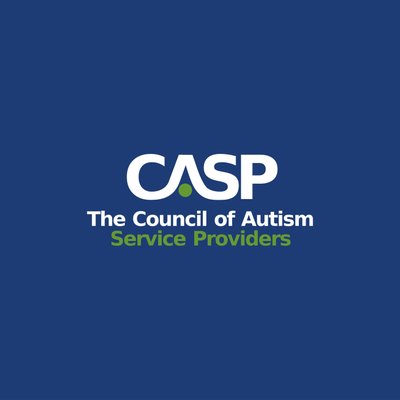Why is Autism a Spectrum? Understanding the Diversity of ASD

Autism, or Autism Spectrum Disorder (ASD), is a complex neurological condition that affects individuals in a variety of ways. The term “spectrum” in Autism Spectrum Disorder refers to the wide range of symptoms and severity that autism can present. This diversity is what makes autism a spectrum disorder. But why exactly is autism considered a […]
Dyslexia and Autism: A Complex Connection

Autism and dyslexia are distinct, yet complicated neurodevelopmental disorders that can significantly impact an individual’s life. They share some overlapping symptoms, leading to questions about their interrelation. While they can coexist in the same individual, it is essential to understand that they are separate conditions with unique characteristics. Autism and Dyslexia: What Are They? Autism […]
Understanding Autism and Head Banging: A Deep Dive

Autism Spectrum Disorder (ASD) is a complex neurodevelopmental disorder that affects communication, behavior, and social interactions. One of the lesser-known manifestations of autism can be physical behaviors such as headbanging. This post aims to shed light on this behavior, its causes, and potential coping strategies. What is Head Banging? Head banging involves repeatedly hitting one’s […]
Understanding Autism Speech Delays: Causes, Signs and Therapies

Autism Spectrum Disorder (ASD) is a complex neurodevelopmental condition characterized by a range of symptoms and disabilities that manifest differently in each individual. It is termed a “spectrum” disorder because of this wide variation in challenges and strengths. Individuals with autism may have difficulties with social interaction, exhibit repetitive behaviors, and face challenges in verbal […]
Autism Benefits in Indiana: A Parent’s Comprehensive Guide

Raising a child with autism can present unique challenges, but parents in Indiana can access several resources and benefits to support their child’s health and development. Here, we explore the various programs and services available to families with children on the autism spectrum in Indiana. Medicaid Waiver The Medicaid Waiver program in Indiana offers significant […]
Autism Benefits in New Jersey: A Parent’s In-Depth Guide

As parents of children with autism spectrum disorder, it’s important to know the resources and benefits available in your state. In New Jersey, a variety of programs and services are offered to assist families affected by autism. This guide is designed to help you navigate the various benefits, services, and resources available in New Jersey. […]
Understanding Autism Benefits in New York

Autism is a condition that affects millions of people worldwide, with varying degrees of severity. In the state of New York, there are several programs and benefits available to individuals diagnosed with autism and their families. This blog post aims to provide an overview of these benefits, ranging from insurance coverage to special healthcare needs […]
Indiana’s Reduction of ABA Reimbursement

In a move that has sparked significant controversy, the state of Indiana has proposed a substantial reduction in Medicaid reimbursement rates for Applied Behavioral Analysis (ABA) therapy for children and young adults diagnosed with autism. This decision has stirred up fierce debates among providers, lawmakers, patients, and families affected by autism. The Proposed Cuts The […]
Vocal Stimming and Autism: A Closer Look

Autism is a complex neurodevelopmental disorder that affects one’s social interaction, communication, interests, and behavior. It’s a spectrum condition, meaning it affects individuals differently and to varying degrees. One of the many manifestations of autism is ‘stimming‘, and stims are an often misunderstood but essential aspect of the condition. Today, we will delve deeper into […]
Using AAC Devices in Communication for Children With Autism

What is Autism? Autism, or autism spectrum disorder (ASD), refers to a broad range of conditions characterized by challenges with social skills, repetitive behaviors, speech, and nonverbal communication. It’s called a “spectrum” because there’s wide variation in the type and severity of symptoms people experience. Autism is generally recognized in early childhood and lasts throughout […]


